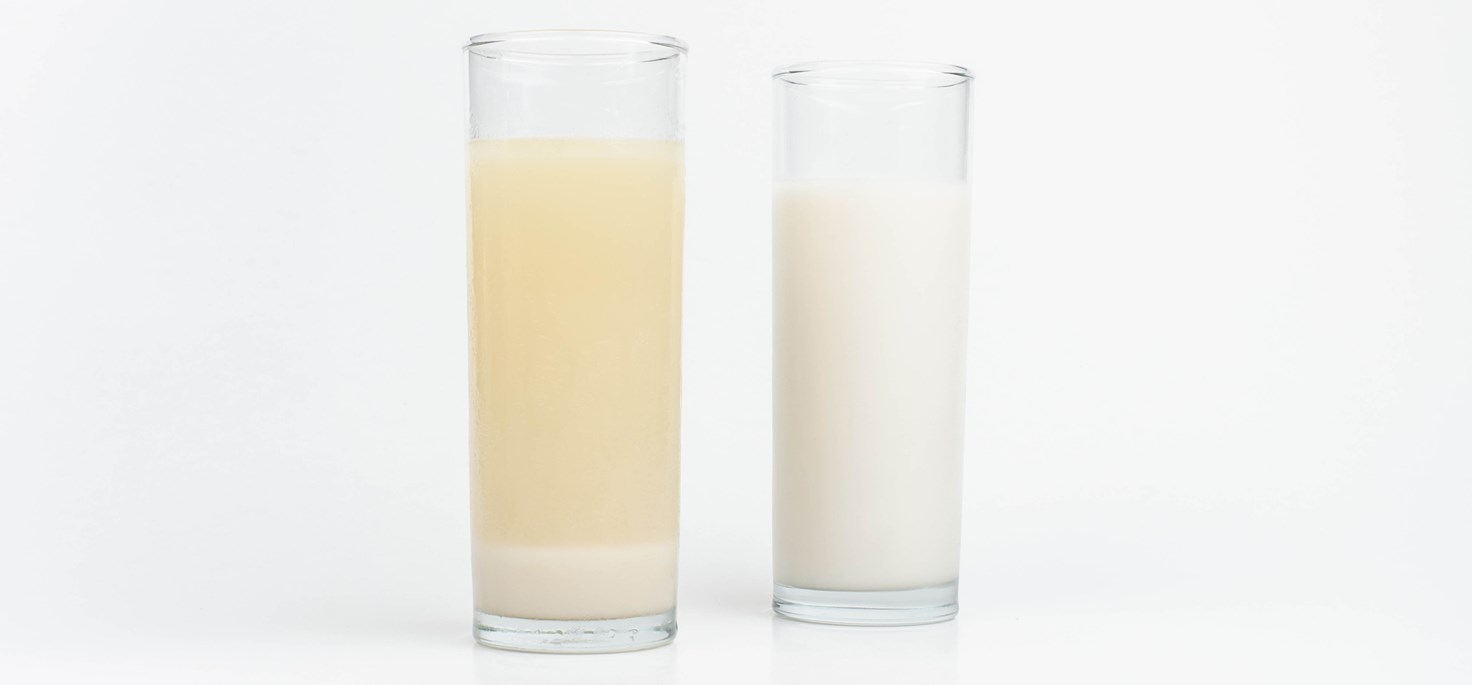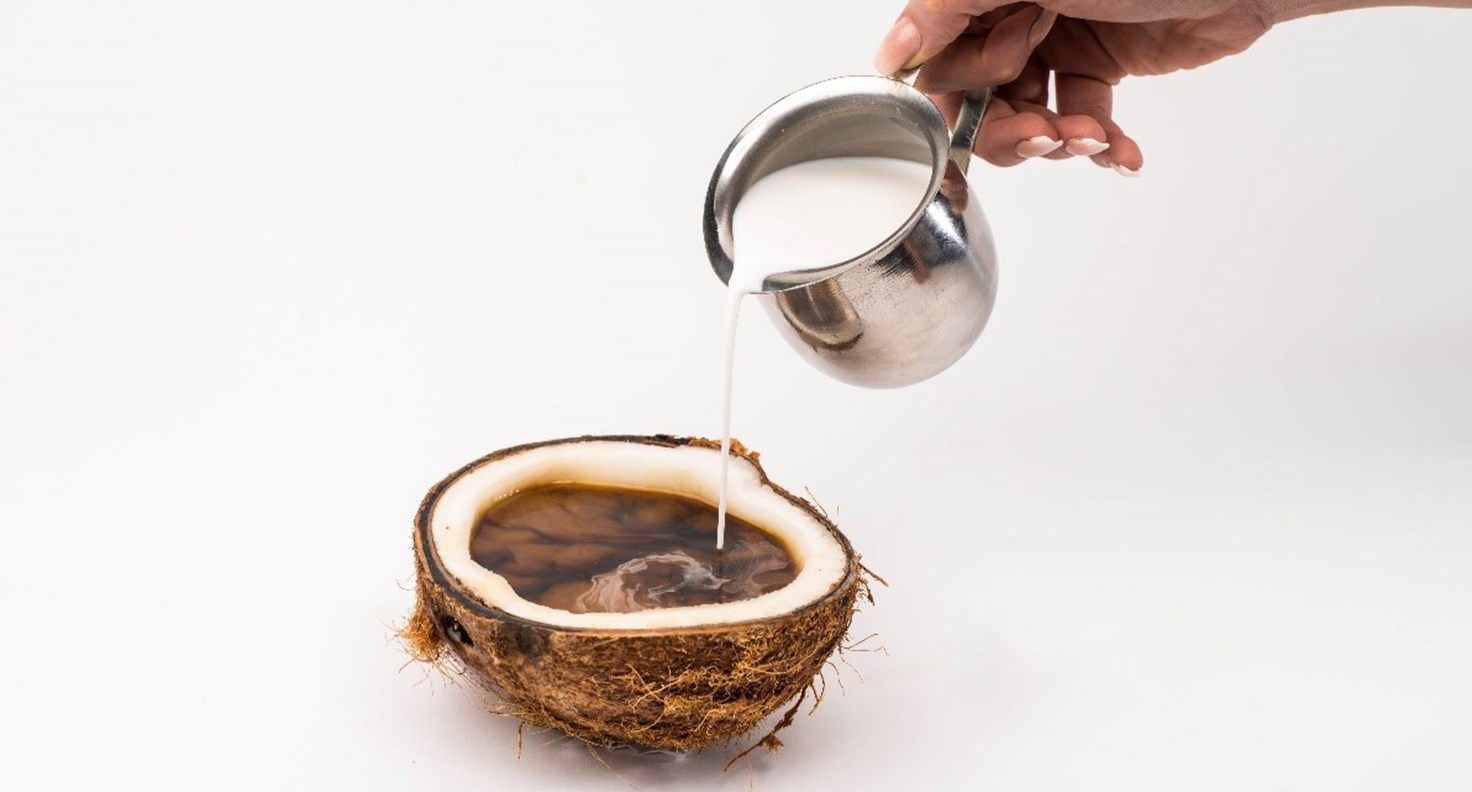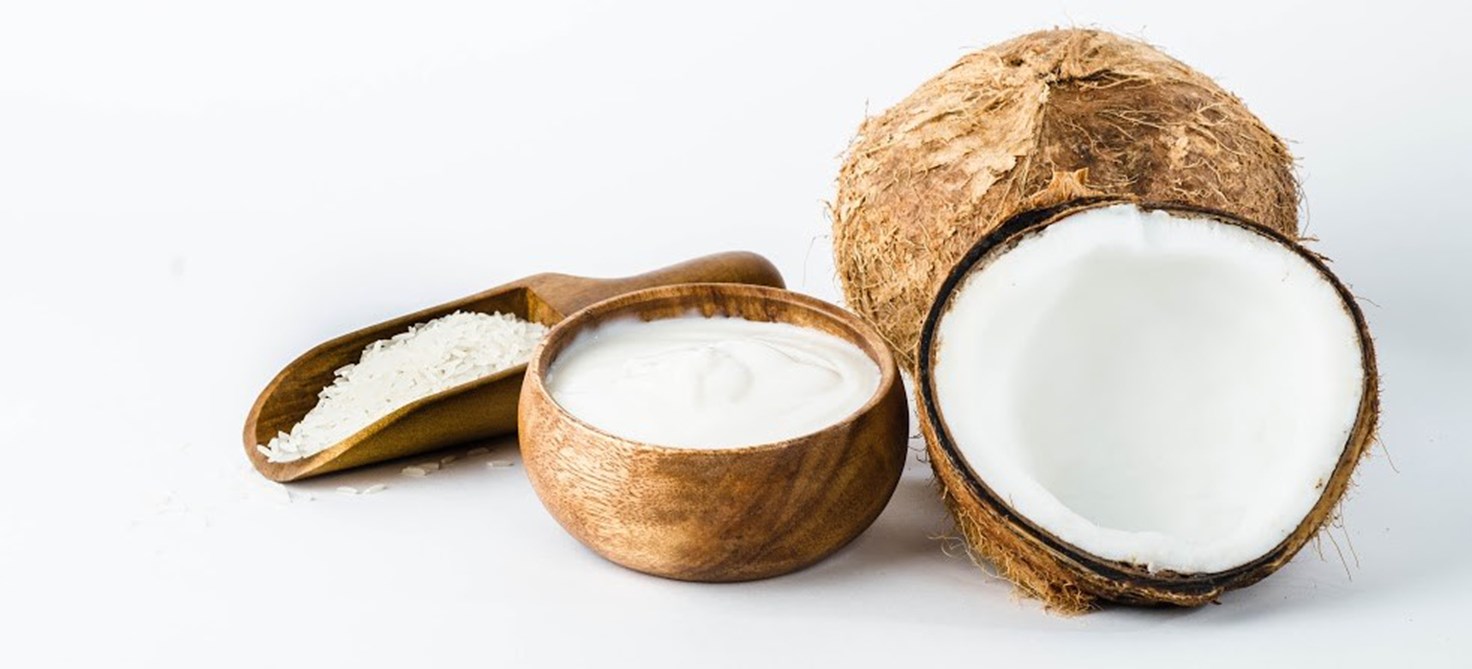As plant-based, alternative dairy products increase in popularity, consumer insights into how the products fare in terms of mouth-feel and texture reveal areas for improvement. Here’s how emulsifiers and stabilisers can help.
In February 2018, Food Navigator released a very interesting article based on a study performed by Comax Flavors on the motivating factors behind the purchase and consumption of plant-based alternatives.
Key findings from the survey include:
- The most important driver for purchasing plant-based alternatives is taste
- The addition of artificial ingredients in these products is considered unhealthy
- Consumers cite increasing the nutritional profile of these products as an area for improvement
- Overall, consumers are satisfied with the mouth-feel properties of these products but expressed some dissatisfaction, mentioning for example that dairy-free milk tastes ‘watery’ and non-dairy yoghurt could do with better texture and mouth-feel
As a specialist in emulsifiers and stabilisers, Palsgaard would like to share how these particular ingredients may help improve such undesirable characteristics:
Emulsifiers make a difference
At this moment you may be asking yourself, “What do emulsifiers and stabilisers have to do with this?” And you’re probably not alone with that question.
As the word ‘emulsifier’ indicates, it is an agent capable of creating an emulsion, which means it can bind liquid phases that are not naturally friendly to each other. We all know what happens when we mix oil and water, for example: They separate almost immediately. And, even though we might stir or shake the mixture vigorously, it may become homogeneous for a moment, but will soon separate again.
Adding emulsifiers to food products, then, assists the oil or fat to be equally distributed throughout the product. Why is this so important? Because, if you can keep fats homogeneously dispersed in a food product, then the mouth-feel becomes much creamier and more pleasant.
To bring this idea of mouth-feel to life, try a brief thought experiment: First, imagine sipping a mixture of water and oil immediately after it has been stirred. Then imagine sipping a mixture of water and oil that has separated. The sensation in your mouth will be completely different!
Together for life
So, the good news is that emulsifiers (emulsifiers and molecules that are friendly to water and oil) can keep water and oil bound together for a longer period of time. Stabilizers, on the other hand, have a different job. They are focused on supporting texture, making the texture of food products less fluid and more cohesive.
Essentially, stabilisers bind and absorb considerable amounts of water. So, they are capable of lending additional volume and texture to the food product, simultaneously helping to improve the creamy sensation of low fat products. Additionally, some stabilizers can keep insoluble heavy particles (such as cocoa, calcium or plant fibres) suspended and homogeneously distributed in beverages, rather than having them sink to the bottom as sediment.
Separation anxiety
In plant-based milk alternatives, emulsifiers and stabilisers help to avoid fat separation and sedimentation of insoluble solids, resulting in more desirable body and mouth-feel perception. Most of these plant-based products contain vegetable fat sourced from the very ingredient that they are made out of, for example almonds, cashews or soy. Of course, other types of vegetable oils may form part of the recipe. It’s important to avoid separation of oils in these products to extend shelf-life and also to live up to consumer expectations. Emulsifiers and stabilisers are an effective solution for this.

Sensational body
Good body and organoleptic (sensory) properties can be achieved using emulsifiers in non-dairy coffee creamer products. This helps to maintain a stable emulsion during storage and distribution all the way to the supermarket shelf. Consumers have come to expect a pleasant whitening effect that results in a milky and creamy mouth sensation. Emulsifiers help meet this expectation through optimal fat dispersion when the creamer product is added to a hot cup of coffee.

When it comes to non-dairy based yoghurt, the survey reveals a desire for a yoghurt product that is full-bodied and creamy, very much the same as its dairy counterpart. It makes perfect sense that the sensory characteristics are different between the two products considering they are made up of different components. A carefully considered dose of emulsifiers and stabilizers can go a long way to improve the textural sensations that consumers have come to love when eating yoghurt.

So, what about the “artificial ingredients” some consumers stated they weren’t so keen on? The Comax Flavors study mentions that most consumers for plant-based dairy alternatives belong to the Millennial and Z generations – typically people who you might say “enjoy” reading the labels of the products they consume. Understandably, they may question the presence of substances with complex names that seem artificial.
A wide variety of emulsifiers are, in fact, produced from vegetable-based raw materials such as palm, rapeseed, soy and sunflower. These emulsifiers have undergone intense food safety testing and received final approval for inclusion in food products by organisations including Codex and the US Food and Drug Administration (FDA). Further, while these emulsifiers have E-numbers, their naturally occurring raw materials mean they can help contribute to cleaner labels.
Stabilisers are also typically made from natural raw materials, for example, guar gum, which is sourced from guar beans and pectin, a naturally-occurring component of citrus fruits.









